Can Smart Tech Support Australia's Carers?
Australia's informal carers are the backbone of the nation's care system. Millions of dedicated family members and friends provide billions of hours of unpaid care annually, a contribution valued at a staggering $77.9 billion – a testament to their unwavering commitment.
These carers face significant challenges. The Deloitte Access Economics report paints a picture of immense dedication, with primary carers averaging over 35 hours per week devoted to their loved ones, and one-third exceeding a demanding 40 hours.
Relentless cost of caring
Whilst proving care can be incredibly rewarding, the dedication of Australia's informal carers comes at a significant cost to their own well-being. Studies like the one published in BMC Public Health (Mohanty et al., 2020) highlight the impacts of caregiving on physical and mental health.
Here are just some of the challenges informal carers face:
Restricted job opportunities: For many carers, the ever-present juggling of personal and professional demands can also impact the availability of suitable roles. Partial or reduced working hours, adjustments to working hours, locations, and even location can lead to carers signing up to less career challenging roles or lower renumeration.
Increased risk of depression and anxiety: Carers are significantly more likely to experience depression and anxiety compared to non-carers. A meta-analysis found that carers were twice as likely to experience depression.
Physical health decline: Studies show a correlation between caregiving and an increased risk of chronic health conditions like heart disease, diabetes, and high blood pressure.
Reduced sleep quality: The ever-present demand of caregiving often disrupts sleep patterns, leading to fatigue and decreased overall well-being.
Social isolation: Focusing on caregiving responsibilities can limit time for social interaction, leading to feelings of loneliness and isolation.
By acknowledging the true cost of caregiving and providing practical support, we can take steps to mitigate the flow on effects and empower these essential members of our society. This is where smart home technology emerges as a crucial tool, offering much-needed relief and allowing carers to focus on their own well-being and repurpose the time gained to spend it with their loved ones.
The 'virtual caregiver'
As the recent Aged Care Taskforce Final Report highlights, workforce shortages further exacerbate the situation. The demand for quality care continues to rise, placing additional strain on an already stretched system.
We strongly believe smart home technology can alleviate the burden on caregivers, both informal and paid. Imagine a home that anticipates needs:
Smart lights that adjust automatically based on time of day or a resident's presence, reducing the need for assistance and improving safety, especially during nighttime trips to the bathroom.
Smart thermostats maintaining a comfortable and consistent room temperature, minimising discomfort and the need for manual adjustments.
Sensors detecting falls and triggering alerts to designated contacts, allowing for immediate intervention and preventing potential injuries.
These are just a few examples of how smart home technology can function as a "virtual caregiver," providing crucial yet unobtrusive support.
Related article: The Future of Australian Aged Care: How Smart Homes Can Help
Beyond the tech: Quality time and emotional support
While smart home technology offers invaluable assistance with daily tasks, its true strength lies in its ability to free up precious time and emotional bandwidth for caregivers. Here's how:
Reduced Physical Strain: Imagine a scenario where a caregiver no longer needs to constantly adjust lights or tweak thermostats. Smart home automation can handle these tasks, alleviating physical strain and fatigue.
More Time for Meaningful Interaction: With routine tasks automated, caregivers can prioritise activities that truly enrich the lives of those they care for. This could mean engaging in meaningful conversations, playing games, or simply enjoying each other's company.
Enhanced Emotional Well-being: The ever-present pressure of constant caregiving can be emotionally draining. By taking over the mundane, smart home automation allows caregivers to focus on the emotional needs of their loved ones, fostering stronger connections and reducing the risk of burnout.
Peace of Mind, Even at a Distance: With real-time monitoring capabilities, smart home systems can offer peace of mind to caregivers who cannot be physically present all the time. Fall detection alerts and the ability to remotely check in visually provide reassurance and allow them to focus on their own well-being without constant worry.
Empowering Care Recipients: Smart home features that promote independence, such as voice-activated controls or automated medication reminders, can boost the confidence and self-esteem of those requiring care. This fosters a sense of dignity and reduces reliance on caregivers for basic needs.
Smart technology isn't just about automating tasks; it's about creating space for genuine human connection and emotional support. It allows caregivers to truly focus on what matters most – building meaningful relationships and fostering the well-being of those they love, and, equally important, themselves.
A collaborative future for care
While smart tech is not a replacement for human connection and essential care services, it is a powerful tool to augment and support the tireless efforts of carers, both paid and unpaid. By embracing this technology, we can create a more robust care ecosystem – one that values the contributions of carers, empowers those they care for, and ensures a better future for Australia's aging population.


